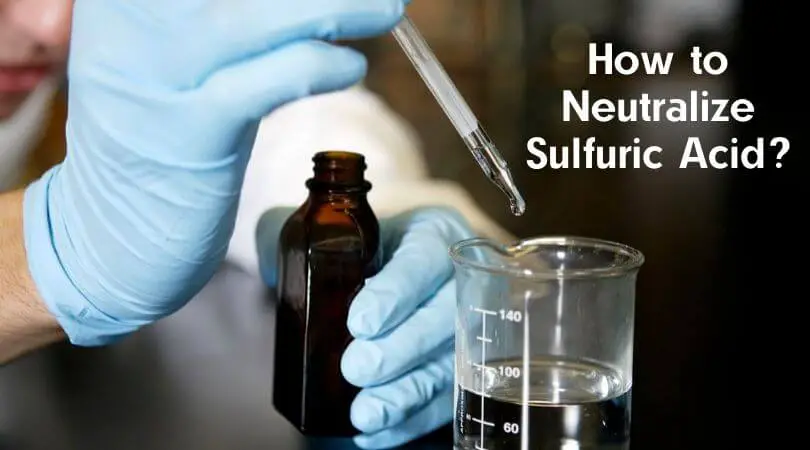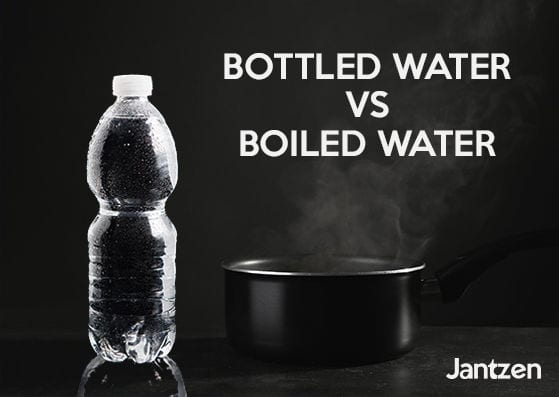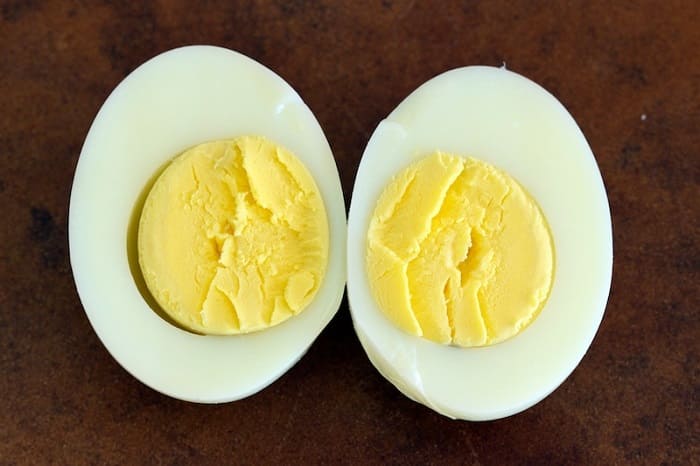Sulfuric acid is a highly corrosive and dangerous substance used in various industrial applications, such as the production of fertilizers, dyes, and detergents. It is essential to neutralize sulfuric acid after use to mitigate any potential harm it may cause to the environment or humans. One popular neutralization agent for sulfuric acid is baking soda, but can baking soda effectively neutralize this harmful substance? Let’s find out.
Understanding Sulfuric Acid
Before diving into whether baking soda can neutralize sulfuric acid or not, it’s crucial to understand what sulfuric acid is and its characteristics. Sulfuric acid is a strong mineral acid that contains hydrogen sulfate (HSO4-) as its anion and two hydrogen ions (H+). It has a pH value of about 0-2 and releases heat when combined with water.
Sulfuric acid can corrode metals quickly and destroy organic materials like paper, wood, and fabrics. It also poses a severe threat to human health if proper precautions are not taken while handling it. If exposed to skin or eyes, sulfuric acid can cause severe burns that require immediate medical treatment.
Importance of Neutralizing Sulfuric Acid
The production of waste streams containing sulfuric acid occurs in many industries globally. Failing to neutralize waste streams before discharge into the environment can have devastating consequences on aquatic life and soil fertility. The process of neutralization involves adding an alkali substance like sodium hydroxide or baking soda to acidic waste until the pH level reaches 7-neutral value.
Neutralizing acidic waste minimizes environmental impact significantly by allowing these effluents’ safe disposal through standard wastewater treatment procedures.
Overview of Baking Soda as a Neutralizing Agent
Baking soda is a household item generally found in kitchens that consist of sodium bicarbonate molecules. Baking soda is a white, crystalline powder that converts into carbon dioxide gas and water when dissolved in water or an acid.
Baking soda’s neutralizing capability has been tested by scientists for decades to understand the chemical mechanism that drives the reaction. Neutralization reactions involve an acid-base interaction, where the base accepts free hydrogen ions (H+) to form salt and water.
Neutralization Reaction
To understand whether baking soda can neutralize sulfuric acid, we must first look at its chemical equation. When baking soda reacts with sulfuric acid (H2SO4), it forms sodium sulfate salt (Na2SO4), water, and carbon dioxide gas as shown below:
NaHCO3 + H2SO4 → Na2SO4 + H20 + CO2
The reaction involves the release of carbon dioxide gas, which causes rapid bubbling as the two chemicals mix. The speed and efficiency of this reaction depend on several variables such as temperature, concentration, mixing speed, and flow rate.
Neutralization Process
When using baking soda to neutralize sulfuric acid safely and effectively consider these essential steps:
Step 1: Preparation
- Put on Personal Protective Equipment (PPE) like safety goggles, gloves, aprons, and boots before attempting to handle either substance.
- Measure out baking soda reagents according to your lab experiment’s needs.
- Always have a supply of water at hand ready for emergency situations.
Step 2: Mixing And Dosage Control
- Slowly add baking soda powder to the sulfuric-acid evidence while stirring with a glass rod or magnetic stirrer.
- Carefully monitor pH levels using a pH meter or pH paper during reaction progress.
- Do not add excess amounts of baking soda to prevent over-neutralizing evidence.
Step 3:Safety Precautions During Mixing Process
- Work in well-ventilated areas to avoid inhaling dangerous fumes and steam.
- Avoid splashing the mixture on skin or eyes. If it occurs, rinse the affected area with enough clean running water for at least 15 minutes.
- Store leftover baking soda in a sealed container for future use.
Quantitative Analysis
To evaluate the success of your baking soda neutralization reaction, conduct pH measurements before and after the reaction. It would be best to use an indicator or a pH-meter to monitor changes in pH levels during the process. The endpoint value should be close to neutral (7) or slightly above depending on environmental discharge regulations.
Other Neutralizing Agents
Baking soda is just one of many neutralizing agents that can be used to counteract sulfuric acid effects. Sodium carbonate (washing soda), hydrated lime, magnesia, sodium hydroxide, and calcium oxide are also other options that provide effective results under different conditions.
When choosing a neutralizing agent, factors like cost-effectiveness, safety, efficiency may also influence your decision. Hydrated lime produces heat during reactions and requires more handling precautions due to its high caustic properties than sodium carbonate or bicarbonate.
It’s crucial to perform laboratory trials beforehand to determine which reagent is best suited for controlling sulfuric-acid waste streams’ unwanted effects.
Potential Hazards And Precautions
While using baking soda as a neutralizer has its benefits when handling sulfuric-acid evidence carefully; it’s necessary always to consider caution measures. Some common issues that may arise include:
- Carbon dioxide buildup leading to accidents if ventilation is lacking.
- Over-neutralization causing sudden changes that may harm aquatic life in nearby sources over time.
Precautionary measures such as PPE usage, regular monitoring of reactions using appropriate instrumentation should also be taken into account when using other neutralizing agents as well.
Conclusion
Sulfuric acid poses environmental hazards and personal health risks, making it essential to neutralize the waste streams to limit their harmful effects. When done correctly, baking soda is an effective, safe, and affordable neutralizing agent that can counteract sulfuric-acid waste streams’ negative impact.
However, with any chemical reaction involving highly potent substances like sulfuric acid and baking soda, precautionary measures should always be taken before carrying out neutralization processes. Always wear the appropriate protective equipment while handling these harmful chemicals. Remember to closely monitor pH levels until an appropriate endpoint value is reached before proceeding.
In conclusion, baking soda can effectively neutralize sulfuric acid when handled appropriately; therefore, it’s a viable option for neutralizing acidic waste streams in industries worldwide.
Q&A
Q1: Can baking soda neutralize sulfuric acid?
Yes, baking soda (sodium bicarbonate) can be used to neutralize small amounts of sulfuric acid solutions.
Q2: What happens when sulfuric acid is mixed with baking soda?
When sulfuric acid and baking soda are combined, a chemical reaction occurs where carbon dioxide gas is produced, which causes the fizzing and bubbling seen in the mixture. The resulting substance is sodium sulfate, carbon dioxide, and water.
Q3: How do you safely neutralize sulfuric acid with baking soda?
To safely neutralize small amounts of sulfuric acid solutions using baking soda, add a small amount of baking soda slowly to the solution while stirring constantly until there is no longer any reaction (i.e., no more fizzing or bubbling). Always wear gloves and goggles when handling acids.
Q4: Is it safe to handle a large volume of concentrated sulfuric acid using baking soda?
No, it is not safe to handle large volumes of concentrated sulfuric acid (e.g., battery acid) using only baking soda as a neutralizing agent. Instead, specialized materials such as sodium hydroxide should be used to dilute the solution and make it safer for disposal. Seeking professional help from trained chemists or waste management facilities is advised in such cases.




